Contents
Growth of GMO Crops

Damage Resistance

Herbicide Resistance

Roundup is the trade-name of the herbicide glyphosate used in agriculture to control weed populations developed and patented by Monsanto. Glyphosate is absorbed through the foliage of plants and interferes with the enzymes that aid in production of tyrosine, phenylalanine and tryptophan. Plants and lower organisms generate aromatic amino acids through an enzyme 5-enolpyruvylshikimate-3-phosphate (EPSP) synthase which is the target of this compound. A series of Roundup Ready crops were designed by the insertion of the Agrobacterium EPSP gene driven by the CaMV 35S promoter. This version of the gene is inherently resistant to glyphosate poisoning.

Emergence of superweeds
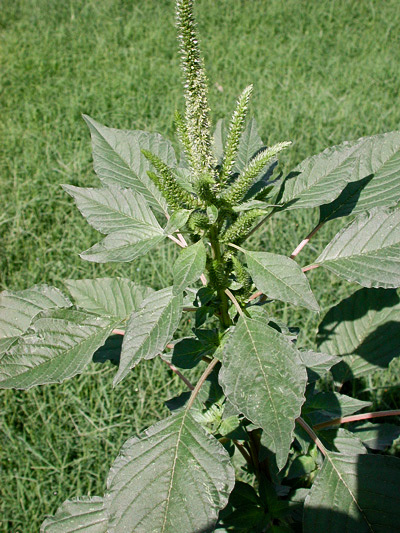
Pest Resistance
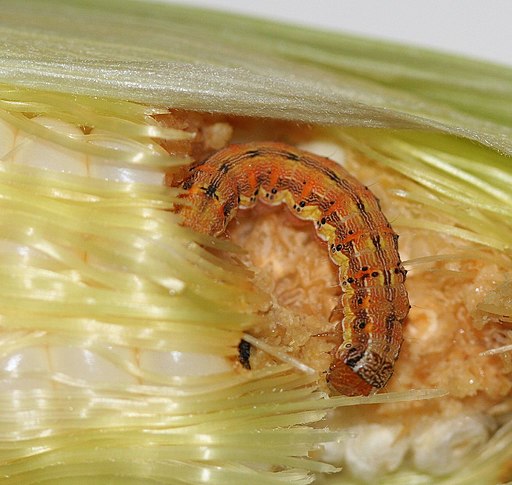
Crystals from the Bacillus thuringiensis (Bt), called Cry protein, are toxic to various insects: moths & butterflies, beetles, ants, wasps, flies & mosquitoes, bees, nematodes. The insertion of this gene into plants like corn (Bt-Corn) were designed to be resistant to pests.

Disease resistance
Papayas in the United States primarily come from Hawaii. A virus known as Papaya Ringspot Disease threatened the papaya crop in Hawaii. To combat this, papaya were genetically engineered to block viral entry into the papaya cells. Papayas purchased in Latin markets are most likely unmodified and usually come from Mexico where the ringspot disease is not yet a problem.

Plum Pox Virus is a threat to the genus Prunus. A genetically modified plum plant has been developed called C5. The cells in these plants silence the expression of plum pox coat protein if infected to block propagation of the virus.
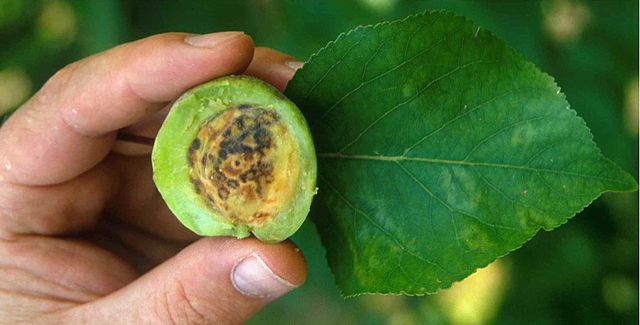
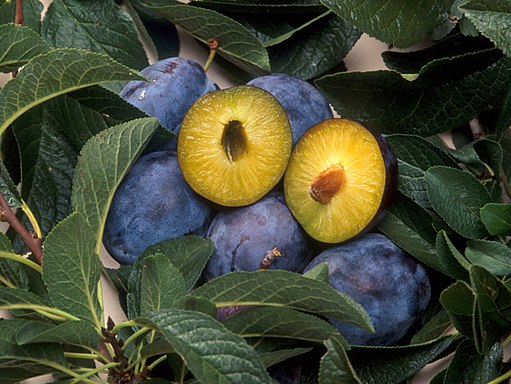
Nutritional Engineering
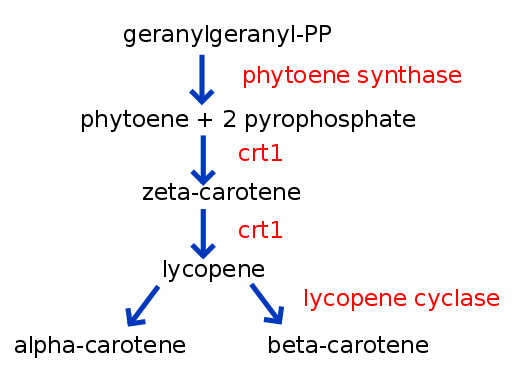
Rice is a staple in many cultures, therefore it is a good delivery system. Many controversies exist surrounding Golden Rice due to anti-GMO sentiment (from patenting systems), cultural sensitivities (white rice revered in certain cultures), and Vitamin A content/conversion doubts.
Explore the debate
- Case studies reveal the complex truths behind GM crop myths.
- Case studies: A hard look at GM crops. Gilbert N. Nature. 2013 May 2;497(7447):24-6. doi: 10.1038/497024a
Tags: integration of knowledge, life-long learning, breadth of knowledge



